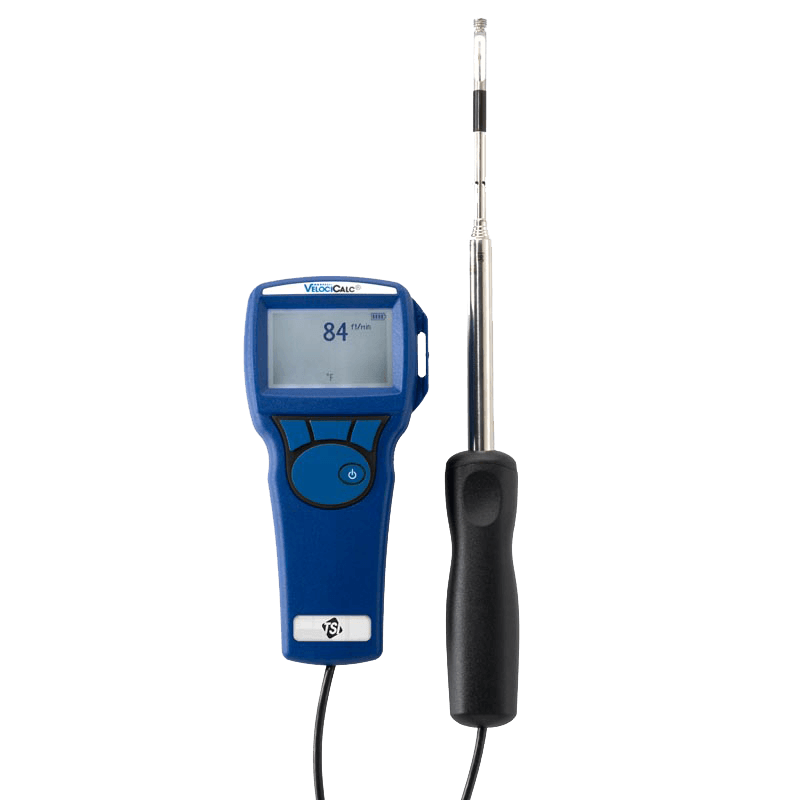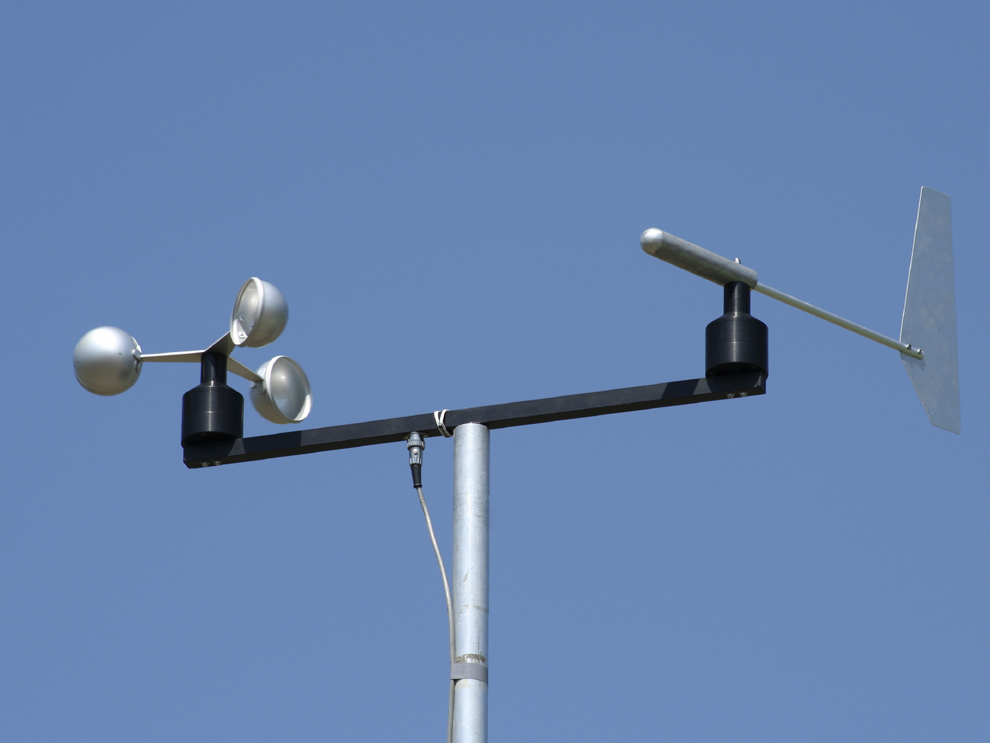Contrasting Digital and Mechanical Anemometers: Which is Right for You?
Contrasting Digital and Mechanical Anemometers: Which is Right for You?
Blog Article
Anemometers Revealed: Recognizing Their Value in Environmental Monitoring and Safety And Security Measures
The function of anemometers in environmental monitoring and security actions is frequently undervalued, yet their relevance is indisputable. These instruments have a lengthy history rooted in scientific questions and technological advancements, evolving to end up being necessary tools in numerous areas. From meteorology to aviation security, anemometers play an essential duty in giving exact information that informs decision-making processes and enhances general safety and security. Comprehending the details of anemometers unveils a world of critical understandings that are fundamental to our understanding of the atmosphere and the steps we take to make certain safety.
History of Anemometers
The evolution of anemometers can be traced back to the ancient worlds where rudimentary wind gauging tools were initial used. These very early wind measurement tools laid the structure for the growth of extra advanced anemometers in time. One of the earliest recognized anemometers was the hemispherical mug anemometer created by Leon Battista Alberti in the 15th century. This design contained four hemispherical mugs that collected wind power, supplying a dimension of its strength based on the rate of rotation.
In the 18th century, the renowned researcher John Thomas Romney Robinson presented the Robinson anemometer, which featured 4 hemispherical cups placed on horizontal arms that expanded from a main axis. This layout came to be a standard in atmospheric dimensions due to its accuracy and integrity. For many years, improvements in modern technology caused the advancement of even more modern anemometers, consisting of ultrasonic anemometers and laser Doppler anemometers, supplying boosted accuracy and performance in measuring wind rate and direction. The history of anemometers showcases an impressive journey of innovation and progression in the field of weather forecasting.
Sorts Of Anemometers
Throughout the area of weather forecasting, various kinds of anemometers have actually been developed to properly determine wind rate and instructions. One of the most common type is the cup anemometer, which is composed of three or 4 mugs placed on straight arms that rotate with the wind. As the cups rotate, the rate at which they rotate is straight symmetrical to the wind rate. An additional commonly utilized type is the vane anemometer, which features a tail or fin that aligns itself with the wind instructions. This positioning permits the gadget to establish the wind instructions. Sonic anemometers use ultrasonic signals to determine wind speed and direction properly. They are typically utilized in research study applications as a result of their high precision. Hot-wire anemometers operate based upon the principle that the cooling impact of wind on a warmed wire is proportional to the wind speed. These anemometers appropriate for determining low wind rates with high accuracy. Each sort of anemometer has its toughness and is selected based on the details needs of the tracking job at hand.
Applications in Weather Forecasting
Having actually reviewed the various kinds of anemometers utilized in meteorology for gauging wind speed and direction, it is vital to discover their practical applications in the area. Anemometers play an essential role in meteorology by providing precise and real-time data on wind conditions (anemometer). Meteorologists make use of anemometers to keep track of wind speed and instructions to forecast climate patterns, problem warnings for serious climate occasions like typhoons, tornadoes, and storms, and evaluate weather for aviation security
In weather forecasting, anemometers assist in recognizing regional and local wind patterns, which are essential for forecasting climate changes and determining weather patterns. These gadgets this page are additionally made use of in study to study microclimates, metropolitan warm islands, and air pollution diffusion. In addition, anemometers are used in farming to maximize plant monitoring techniques, such as watering and chemical application, based on wind problems.
Importance in Aviation Safety
An important element of guaranteeing aeronautics safety and security depends on the careful tracking of wind problems using anemometers. Anemometers play a critical function in air travel by providing real-time information on wind speed and instructions, helping pilots in making informed choices during trip, liftoff, and touchdown. Unforeseeable and solid winds can considerably influence airplane procedures, making it vital for air travel authorities to rely upon precise wind dimensions to make certain the security of travelers and team.

In the dynamic environment of aviation, where even small adjustments in wind speed and direction can have extensive impacts, anemometers stand as vital tools for advertising safe and risk-free air traveling.
Duty in Environmental Study
Exactly how do anemometers contribute to innovations in environmental research? Anemometers play a crucial function in ecological research study by providing important data on wind speed and direction. This info is vital for comprehending different atmospheric processes, such as air pollution diffusion, weather patterns, and environment change. By precisely determining wind features, anemometers help scientists assess the motion of contaminants in the air, assess the effect of industrial discharges, and forecast the spread of contaminants in the atmosphere.


Conclusion
In final thought, anemometers have actually played an important duty in environmental monitoring and safety and security measures. Comprehending the value of anemometers is vital for precisely measuring wind rate and direction, which is vital for anticipating weather patterns, making certain safe air travel operations, and conducting ecological researches.
One of the earliest well-known anemometers was the hemispherical cup anemometer developed by Leon Battista Alberti in the 15th century. Over the years, improvements in innovation led to the development of even more contemporary anemometers, including ultrasonic anemometers and laser Doppler anemometers, using enhanced accuracy and effectiveness in gauging wind rate and instructions. Hot-wire anemometers operate based on the principle that the cooling result of wind on a heated cable is proportional to the wind speed. Meteorologists make use of pop over to these guys anemometers to monitor wind rate and direction to anticipate weather condition patterns, concern cautions for extreme weather occasions like hurricanes, storms, and cyclones, and examine climatic conditions for aviation security.
Recognizing the importance of anemometers is essential for accurately measuring wind rate and direction, which is important for anticipating climate patterns, making sure risk-free aeronautics operations, and performing environmental researches. (anemometer)
Report this page